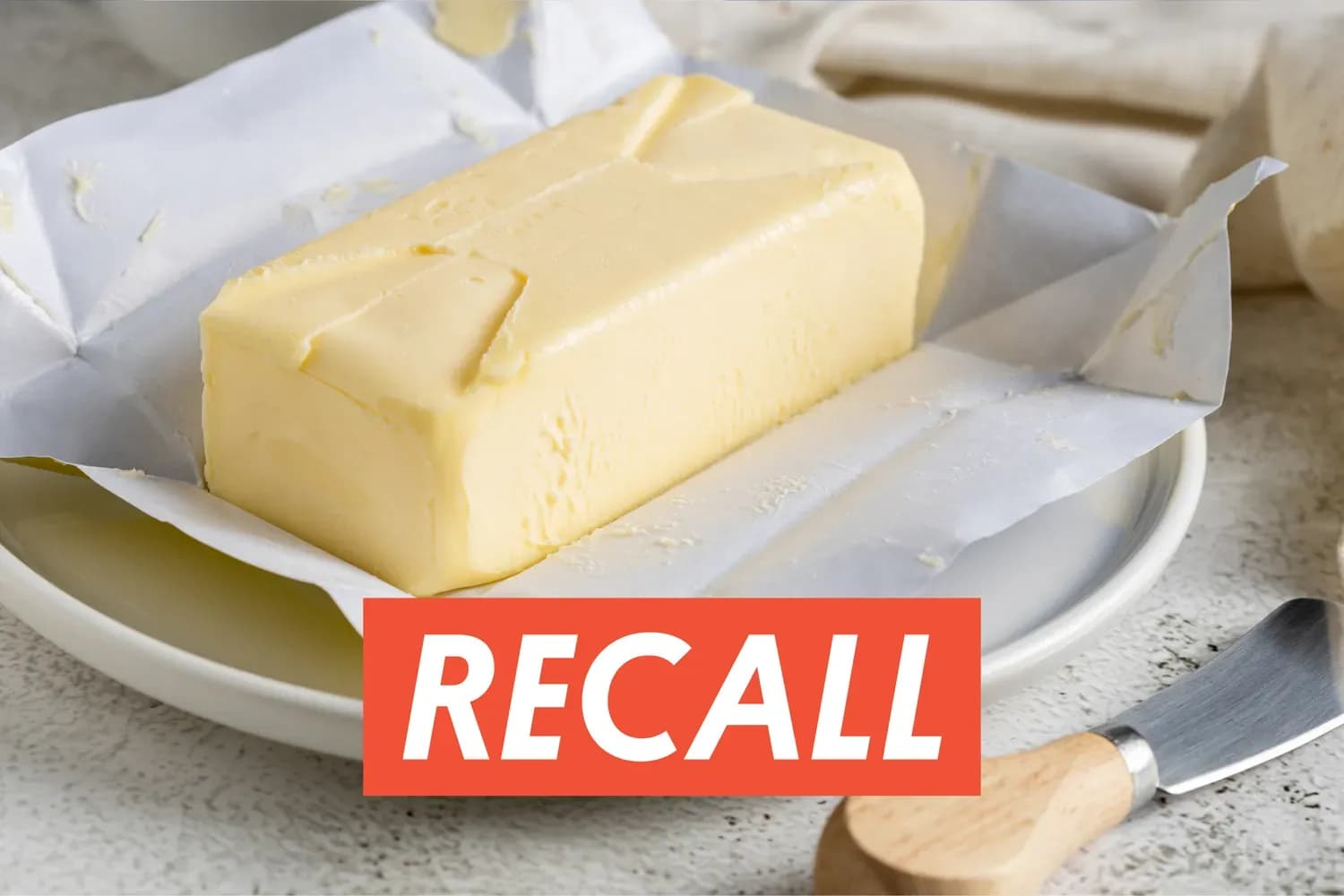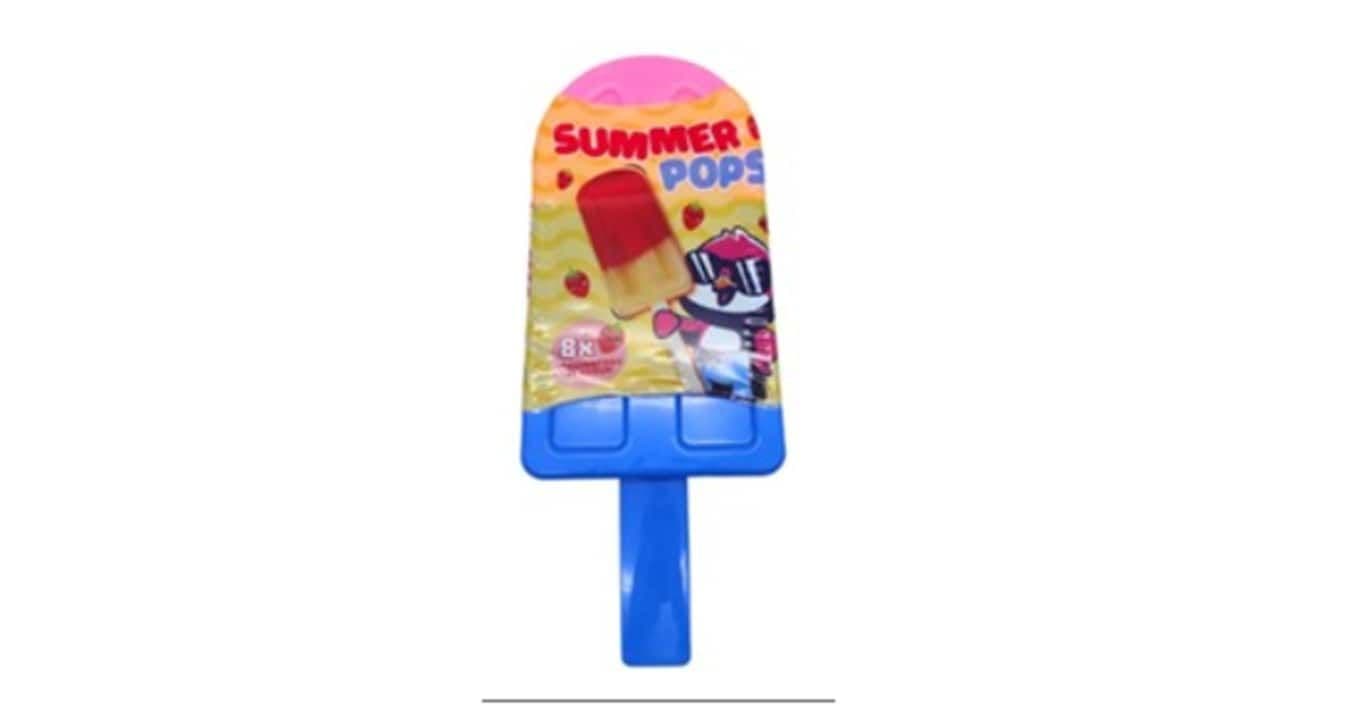Decoding Your Dairy: The Hidden Allergen That Triggered a Nationwide Butter Recall
Unpack the recent butter recall. Discover why undeclared allergens pose a hidden threat, understand FDA risk levels, and empower yourself with crucial food safety knowledge for your pantry.

The Dairy Dilemma: Unpacking the Recent Butter Scare
A recent nationwide butter recall has left many consumers wondering about the safety of their staple dairy product. On July 14, food ingredient company initiated a voluntary recall of over 64,000 pounds – specifically 1,800 cases – of its NH European Style Butter Blend. The core issue? An undeclared allergen: milk. While butter, by its very nature, contains milk, the concern here lies in the omission from the product's ingredient label, a crucial oversight for individuals with sensitivities or allergies. This isn't just a minor administrative error; by July 30, the escalated this to a Class II recall, signifying a situation where exposure to the product "may cause temporary or medically reversible adverse health consequences or where the probability of serious adverse health consequences is remote." It's a stark reminder that even everyday items can harbor hidden risks, prompting a closer look at what's truly in our food.
More Than Just a Label Glitch: The Allergen Angle
When we talk about an 'undeclared allergen,' it’s far more serious than a simple typo on a package. For someone with a severe milk allergy, consuming a product that secretly contains dairy can trigger reactions ranging from mild discomfort like hives and digestive issues to life-threatening anaphylaxis, requiring immediate emergency medication such as epinephrine. While this specific Class II recall suggests the probability of serious adverse health consequences is remote, it doesn't eliminate the risk of temporary or medically reversible issues. Imagine the peace of mind shattered for those diligently checking labels to protect their health. This incident underscores the profound responsibility food manufacturers bear in accurate labeling, and how a single oversight can put vulnerable populations at risk. It’s a powerful illustration of why food safety regulations exist, acting as a vital safeguard against unforeseen dangers lurking in our pantries.
Your Pantry's Vigilance: Identifying Affected Products and Taking Action
So, how do you know if your butter is part of this recall? Consumer vigilance is your first line of defense. Start by examining the product's label for the brand name, package size (the recalled product is a 1 lb. European Style Butter Blend), and the best-by date. Crucially, locate the lot number, typically found near the barcode or along the packaging's side. With this information in hand, head to the official website to compare your product's details against their list of recalled items, or reach out to customer service. Remember, not all butter from the same brand might be affected; recalls often target specific batches. If your butter matches the recall criteria, do not consume it. The safest course of action is to dispose of it in a sealed bag and thoroughly clean any surfaces, utensils, or refrigerator shelves that might have come into contact with the product. Should you have consumed the butter and experience any allergic symptoms, seek immediate medical attention.
Beyond the Butter: Lessons in Label Literacy and Food Safety
This butter recall, while concerning, serves as a potent learning opportunity for every consumer. It highlights the dynamic nature of food safety and the critical role played by entities like the . Recalls, though seemingly disruptive, are a testament to a system designed to protect us, swiftly removing products from shelves when issues like undeclared ingredients, bacterial contamination, or packaging flaws are detected. This incident reminds us that even products as seemingly innocuous as butter, which rarely faces recalls, are subject to rigorous oversight. The ultimate takeaway? Cultivate 'label literacy.' Don't just glance at the front; delve into the ingredient list, check for allergen statements, and be aware of best-by dates and lot numbers. Staying informed about food safety alerts isn't just about avoiding a single recalled item; it’s about fostering a proactive approach to your family's health and becoming a more empowered, informed consumer in an ever-evolving food landscape.
Related Articles

The Unseen Dairy: What a Nationwide Butter Recall Reveals About Your Pantry's Hidden Risks

The Unseen Dairy: What a Nationwide Butter Recall Reveals About Your Pantry's Hidden Risks

More Than Just Butter: Decoding the Elevated Allergen Alert in Your Fridge

More Than Just Butter: Decoding the Elevated Allergen Alert in Your Fridge

Sweet Treat, Sour News: Unpacking the Vague Dangers of a Popular Ice Cream Recall

Sweet Treat, Sour News: Unpacking the Vague Dangers of a Popular Ice Cream Recall

From Pantry Staple to Public Hazard: The Unseen Vulnerabilities Behind the Tuna Recall
